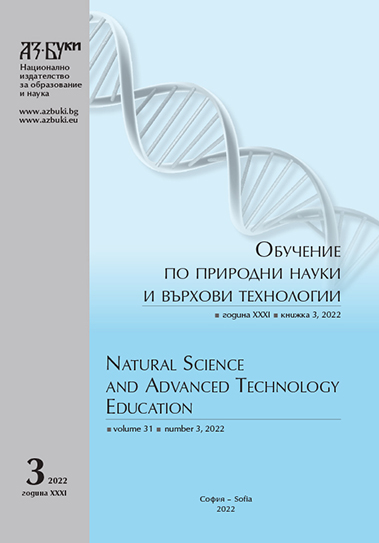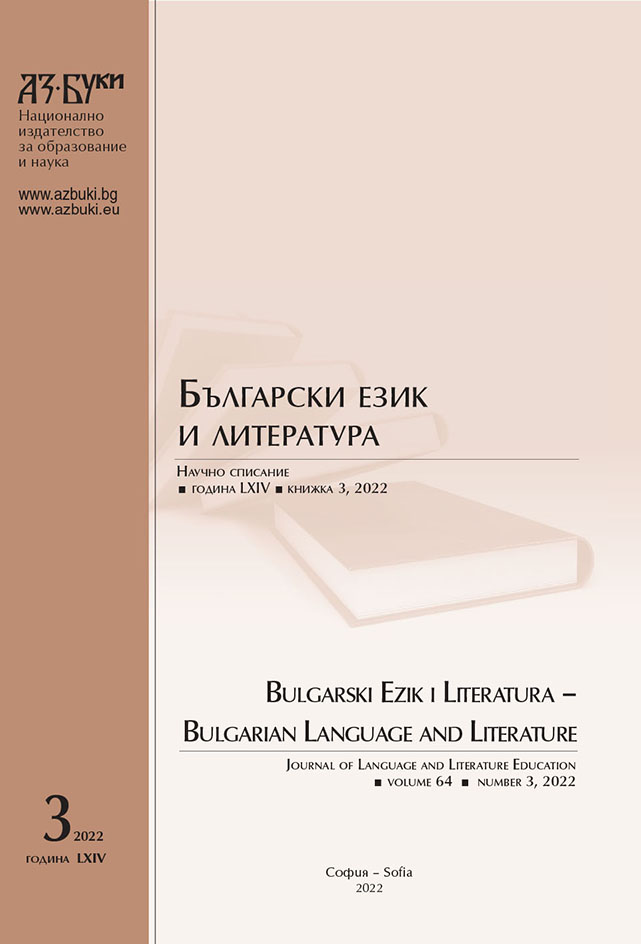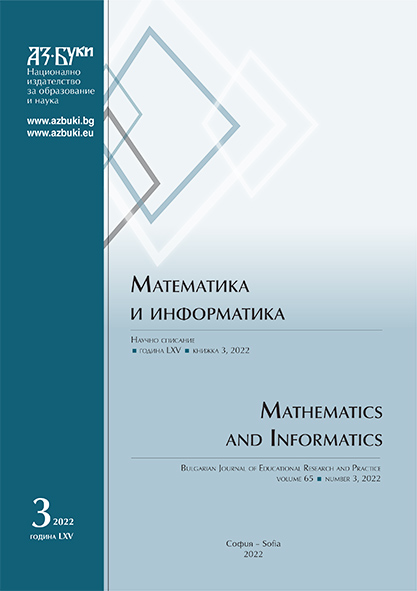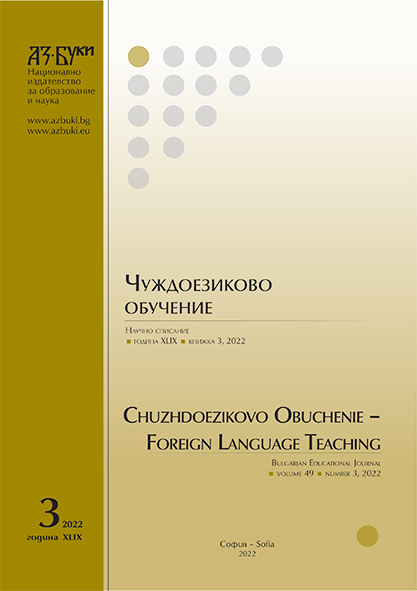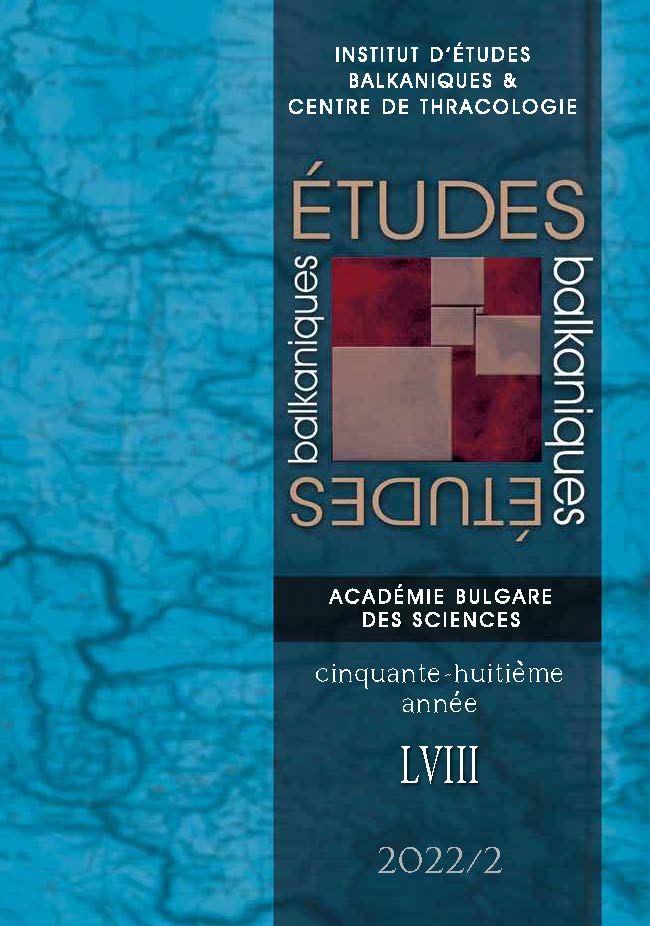
MERCHANTS AND CRAFTSMEN IN A CHANGING WORLD (MID-19th CENTURY)
The study aims to identify some of the worries, difficulties, and dissatisfactions experienced by certain categories of inhabitants within Moldavian towns. They had to face the changes brought to the economic system at the continental level, manifested in space which, from the 17th to the late 18th century, was under the overwhelming influence of the Ottoman economic system. Among the challenges experienced by the merchants and artisans in a changing world, such as that of the first half of the 19th century, I mention the organisation into guilds, the supremacy of the western economy, the first attempts to constitute a free market, as well as competition and protectionism. Such transformations influence individual and mostly group attitudes, through the invocation of old privileges and traditions or the protection of the representatives of local power or foreign consulates. They also invoked, in a rather confused manner at first, but then increasingly more clearly, the value of free trade. The disturbance of the old order and the volatility of the new one left traces in the files within various collections of the Archives in Iaşi; the study relies on these sources.
More...
